Light Gauge Steel Frame Construction
Modular construction has gained greater significance and popularity over the past decade as people worldwide see it as an efficient alternative to traditional RCC construction.
Modular construction services like Nest-In from the house of Tata Steel use light gauge steel frame (LGSF) construction technology for its HabiNest solution.
What is Light Gauge Steel Frame?
Light Gauge Steel Frame is a modern building material specifically designed for the construction of prefabricated buildings. It enables maximum space utility and uses high-quality galvanized steel for load-bearing walls and roofing frames. Since the LGSF is made by a cold-formed process, it is 70% lighter when compared to traditional RRC construction.
Let us look at the benefits of using LGSF for modular construction:
-
Strong but Lightweight
: LGSF possess high strength to weight ratio than any other material used for constructing buildings. Due to this, a large amount of reinforcement is saved during foundation construction. Moreover, it can be easily handled and moved from one place to another.
The steel used in LGSF-based structures like HabiNest by Tata Steel Nest-In is usually coated with zinc or a mixture of zine and aluminium to protect it from corrosion. This is called galvanized steel. The thickness of the coating can vary to suit the different environments.
-
Safety
: LGSF possess huge safety for inhabitants. It is fire resistant and non-combustible. Cold-formed steel buildings perform better during natural disasters. Due to its light weight, buildings are designed for higher seismic and wind load.
-
Design Flexibility
: LGSF offers flexibility in design as larger span lengths are available due to less weight of structure and space utilization is increased.
-
Faster construction time
: The manufacturing of all LGSF-based modular homes takes place in an offsite location under a controlled factory environment. The modular services like Nest-In by Tata Steel use high-end machines to simultaneously produce different components or modules of the house by adhering to regulatory and standardization practices. Before the steel frames are delivered to the actual installation site, they are fabricated as per the required specification.
After the modules are transported to the installation site, the different parts are placed together by welding and bolting the pieces together on a pre-prepared ground. The modular home projects can be completed in 1/3rd the time than traditional RCC construction.
Thus, Light Gauge Steel Frame Constructions are strong, durable as well as flexible structures, making it an excellent choice for building modular homes.
Contact Us
Recent Post
Nest-In's Prefab Technology: The Beacon of a Sustainable Future in Construction
The Growth of Prefab Medical Infrastructure with Nest-In’s Prefab Solutions
Build What You Envision with Prefab Construction
Revolutionising India’s Infrastructure with Prefab Construction
Delivering a Fully Customised Modular Boardroom for a Top Jamshedpur Manufacturer
Category
- Nest-In 33
- HabiNest 52
- MobiNest 134
- Nestudio 27
- EzyNest 19
- Smart EzyNest 5
- ChargeNest 6
- Covid Offerings 4
- Brand 10










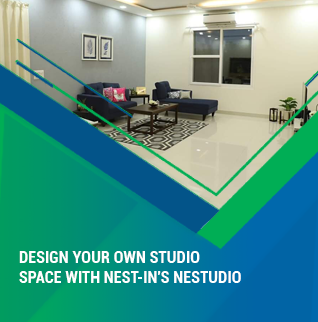






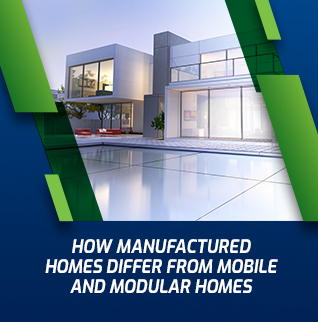



























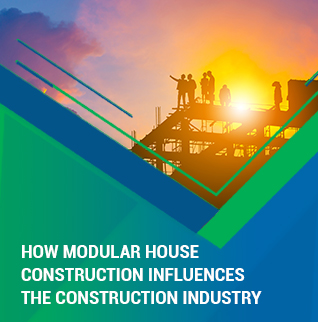


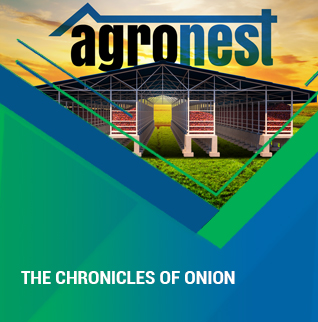




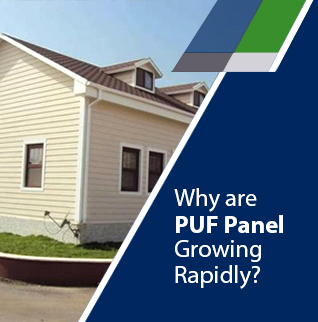


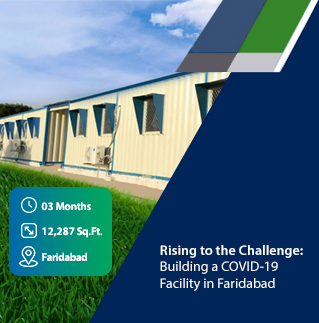













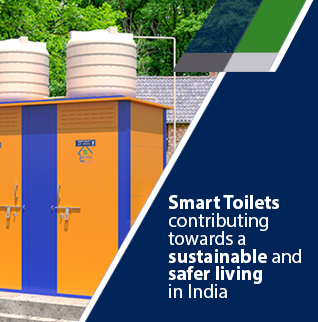




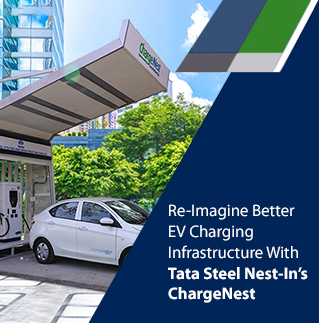

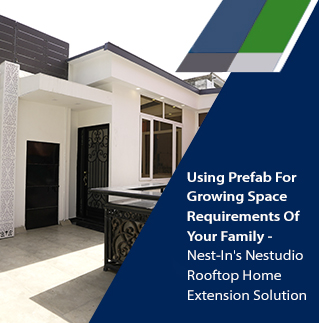



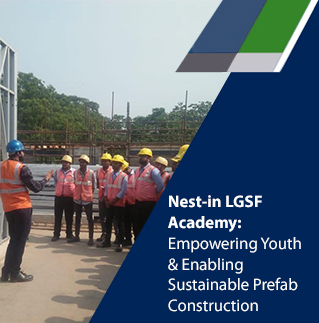

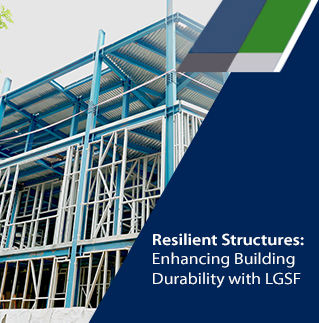



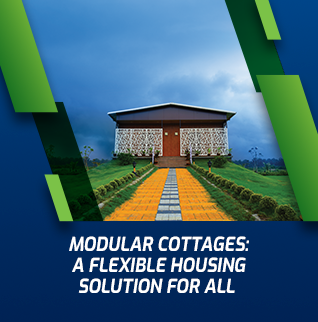












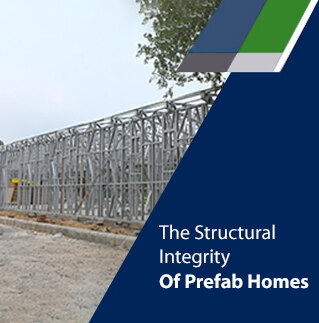












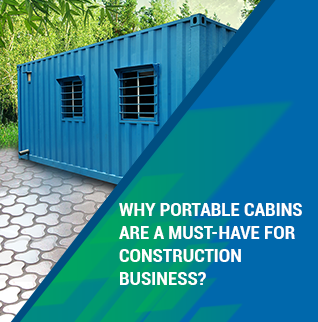


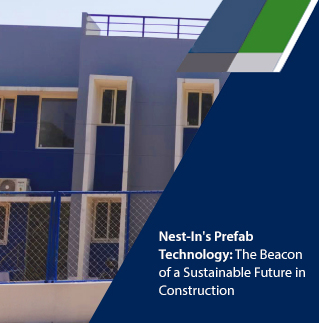

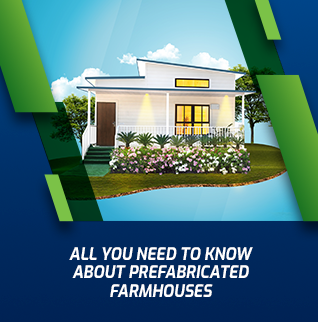













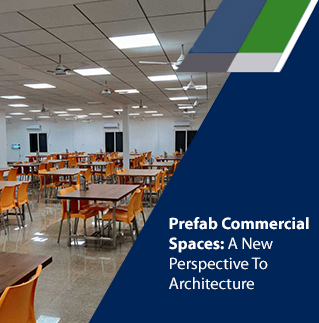

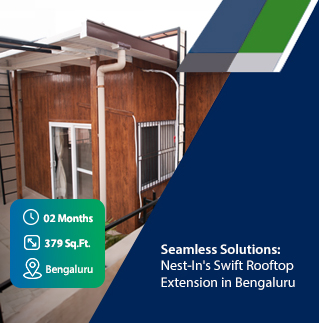





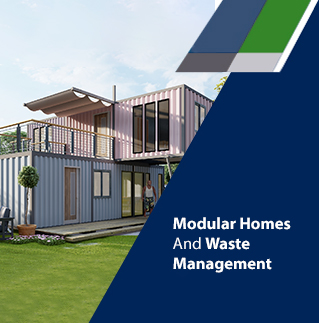












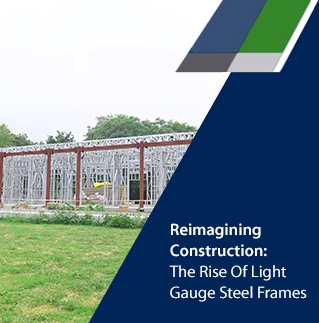












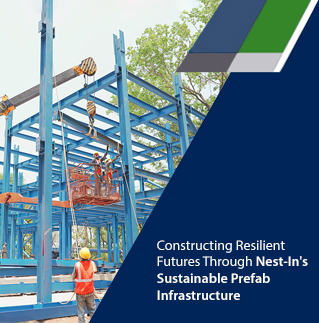










Add comment